
1/ WHAT IS @ROAMRESEARCH?
I. Why is Roam so hard to explain? (The key)
II. Using computing power to aid biological thinking
III. Roam features as components of software-assisted thinking
- Atomizing
- Relating
- Retrieving
- Focusing
IV. Examples of using Roam
I. Why is Roam so hard to explain? (The key)
II. Using computing power to aid biological thinking
III. Roam features as components of software-assisted thinking
- Atomizing
- Relating
- Retrieving
- Focusing
IV. Examples of using Roam
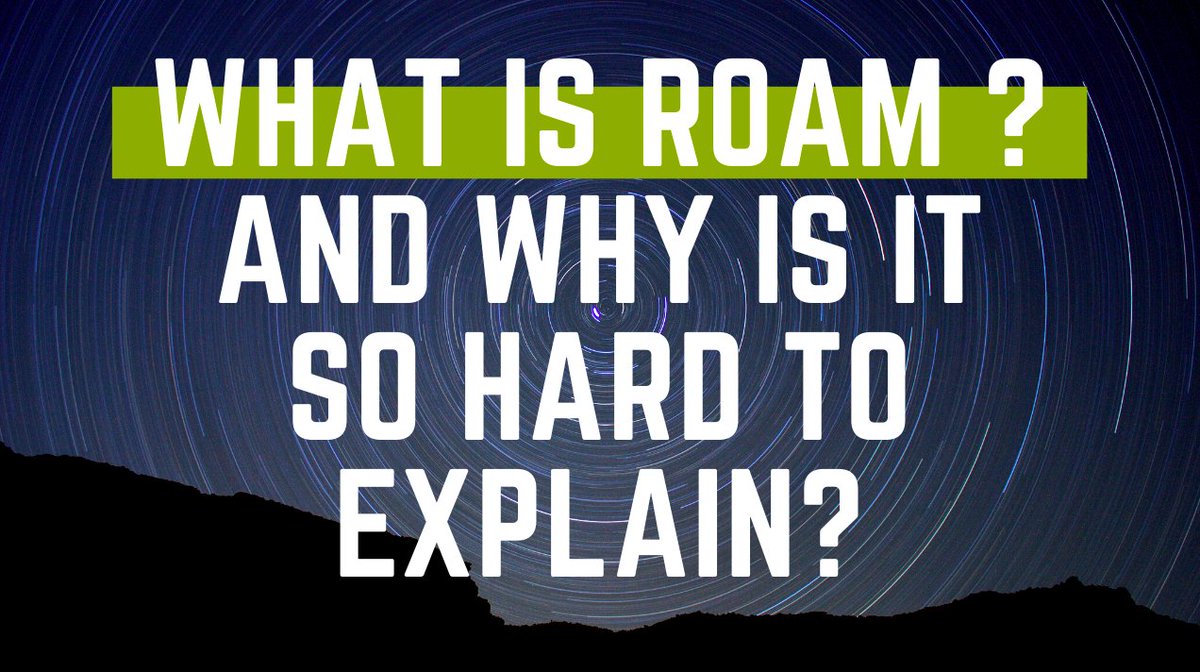
I. Isn't it intriguing how hard it is to explain Roam to your friends and family? What makes it hard? When is software easy to explain, and when is it hard?
Who do you see in #roamcult? I see academics, people of The Book, productivity nerds, inner-work people & mushroom folk.
Who do you see in #roamcult? I see academics, people of The Book, productivity nerds, inner-work people & mushroom folk.
What do we have in common? We have all have made the journey with the mind, and we have sought tools to aid in this journey: Zettelkasten, BASB, journaling, memex, SRS, mind palaces, psilocybin. Roam made sense to us because we knew the problem and cared enough to seek solutions.
Time for a 2x2. Those who do B2B sales know this.
Software is easiest to explain when the listener knows the problem and has sought solutions.
Knowing the problem comes before seeking solutions.
For Roam to make sense, the problem has to be felt or at least understood.
Software is easiest to explain when the listener knows the problem and has sought solutions.
Knowing the problem comes before seeking solutions.
For Roam to make sense, the problem has to be felt or at least understood.
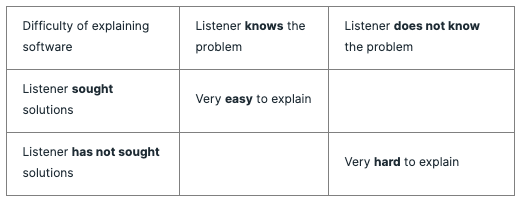
Most don't seem to see first-brain-only thinking as a problem. The first step is to help them see its relevance. What is our entry point? Is she a student who wants better grades? Is he a writer who wants more output? Are they seeking to better understand their interior life?
II. Then, a short history of aided thought. The first game-changer was literacy and paper. It so changed the game that we seem to have forgotten the most popular tools for thought prior to the era of paper: memory techniques like the mind palace. 
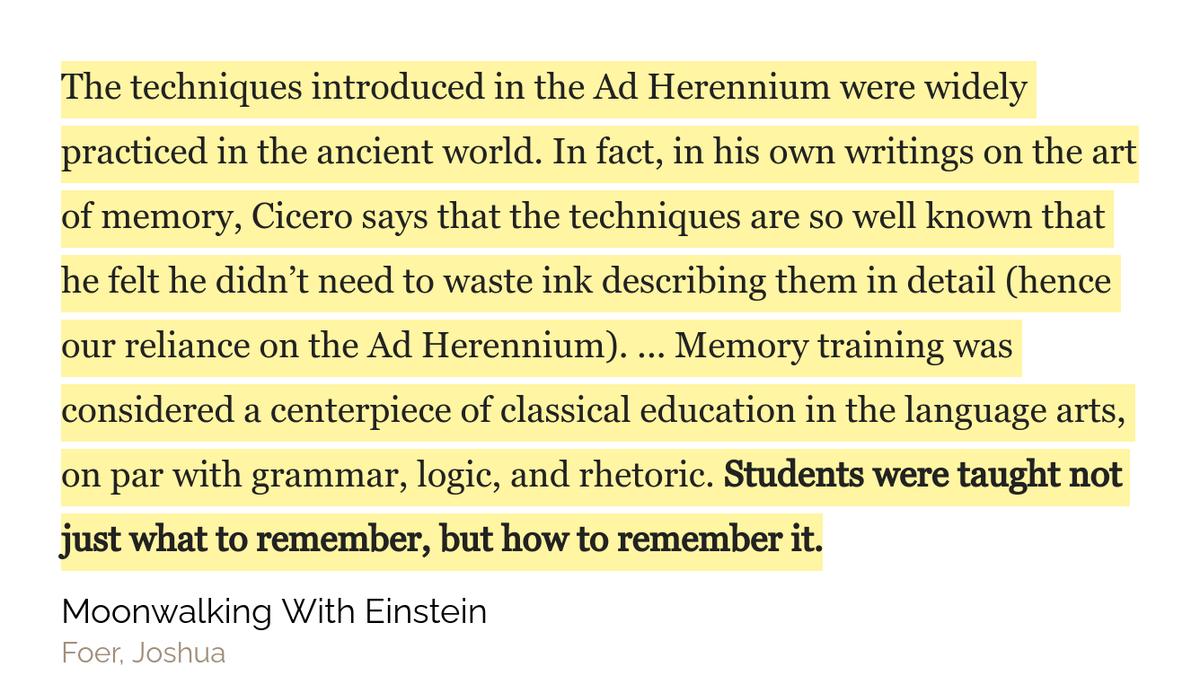
The limitations of our biological brains show us its key design principle (and for anything built through evolution): it is optimized for survival and reproduction. 
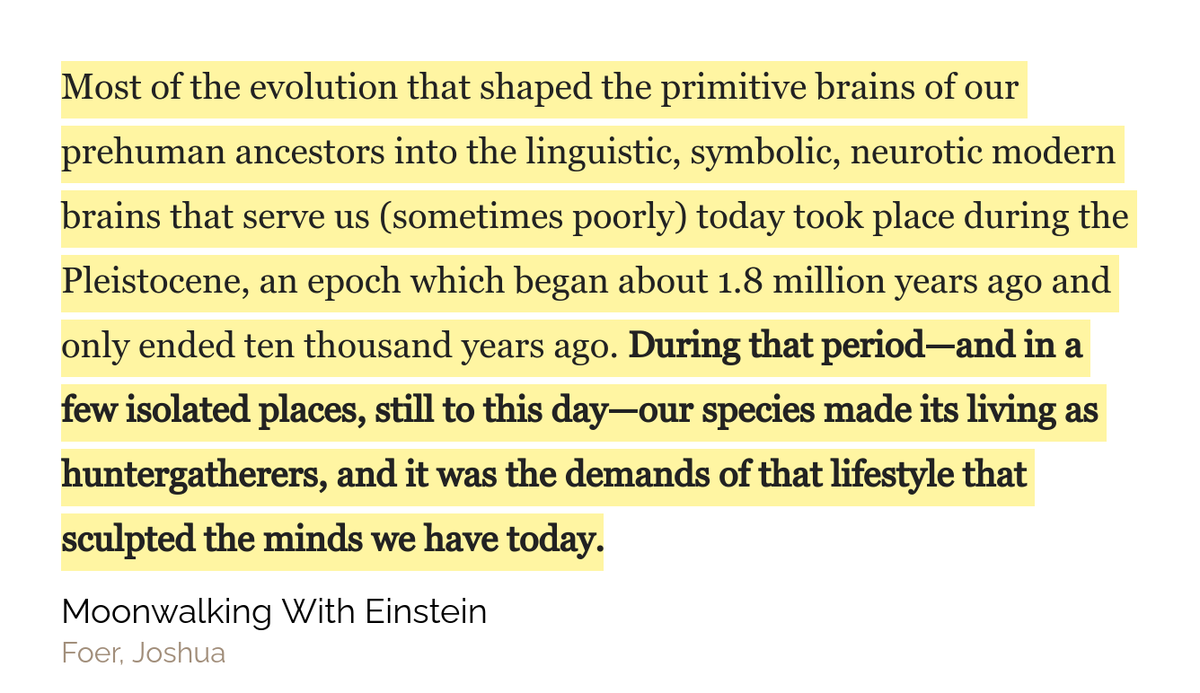
Memory is one key limitation of the unaided human mind. Paper and writing helped us overcome this limitation. By putting ideas on something outside our biology, it became possible to work with ideas without always carrying all of them inside our heads.
Then came the invention of computing. The first attempts to use it for thinking were simply translations of paper tools: eg, digital notes.
But if you were do design a tool that uses computing to aid your thinking—unfettered by the successes of paper—what would it look like?
But if you were do design a tool that uses computing to aid your thinking—unfettered by the successes of paper—what would it look like?
III. We still use ideas expressed through symbols (ie, words, paragraphs) in thinking with software. What does it mean to think with externalized ideas expressed with words?
Here are a couple of answers h/t @brandontoner, @calhistorian

Here are a couple of answers h/t @brandontoner, @calhistorian
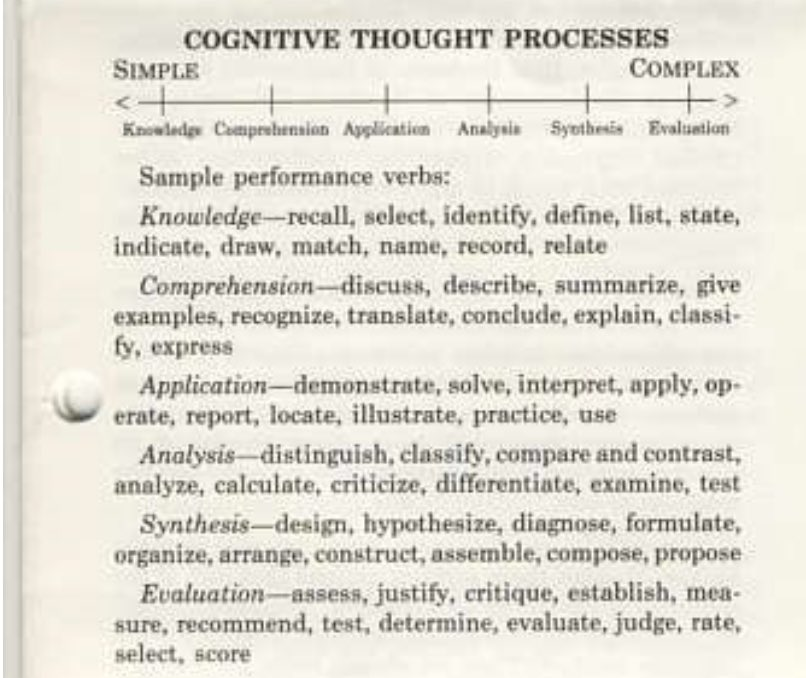
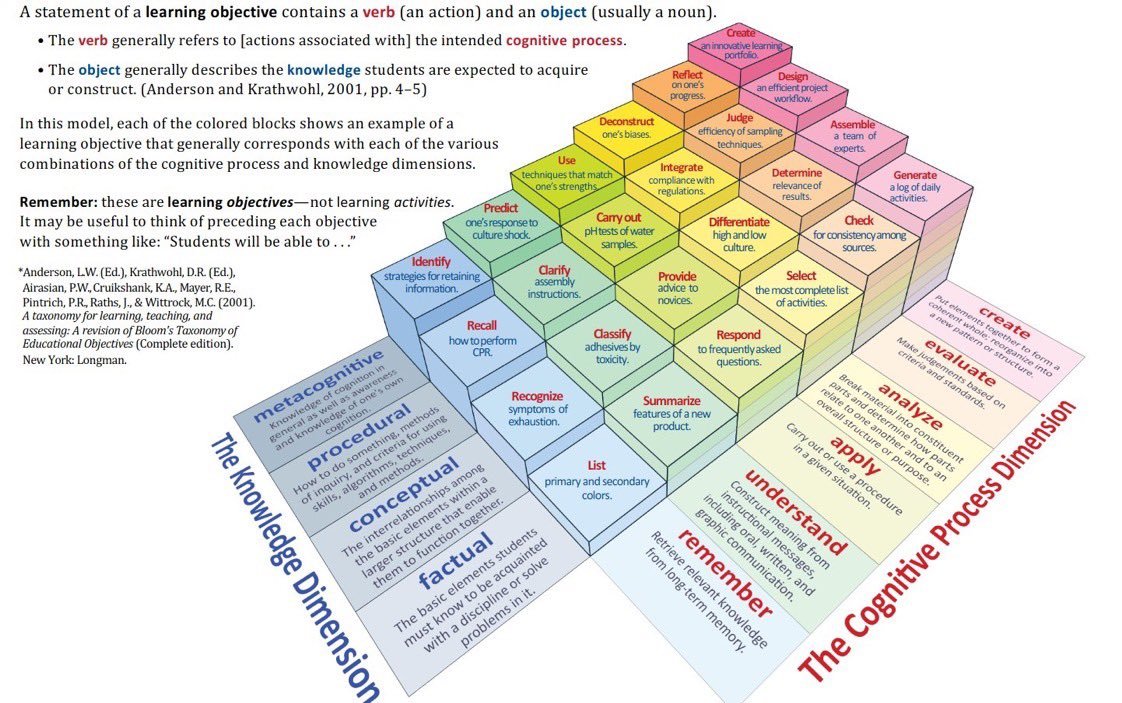
But let's try to answer this ourselves. Recall what was so difficult in thinking with software prior to Roam.
For me it was overwhelm and irretrievability.
For me it was overwhelm and irretrievability.
Overwhelm was due to units of ideas being too large and my tools for allotting attention were too blunt (eg, writing based on multiple PDFs).
Irretrievability was also due to units of ideas being too large (citations were at the page level) and search tools being too primitive.
Irretrievability was also due to units of ideas being too large (citations were at the page level) and search tools being too primitive.
Roam solved these problems. And it turns out the problems that I saw were just the tip of the iceberg. It appears that "metaepistemics" is the shorthand for this domain of creating systems that allow you to think better.
Roam is really just metaepistemics, productized.
Roam is really just metaepistemics, productized.
What are the features of this product, from the point of view of aiding human brains? I'd divide them into four:
- Atomizing
- Relating
- Retrieving
- Focusing
- Atomizing
- Relating
- Retrieving
- Focusing
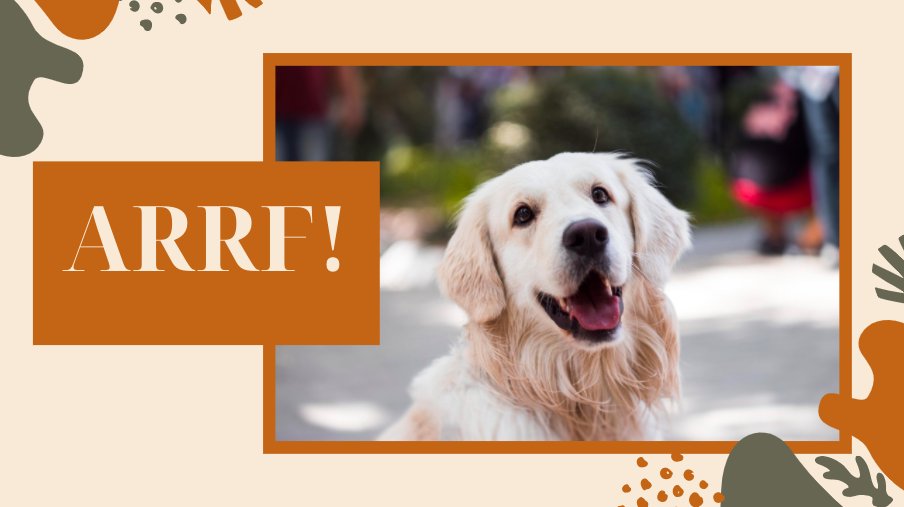
Maybe atomizing isn't really a feature, but a foundation required for the rest. Ideas need to be atomic for our limited working memory to work on them. It seems that the paragraph (which sometimes consists of just one sentence) is the ideal unit of an idea.
In Roam, a paragraph (it is called a block since programmers made Roam) is the basic unit, the same way a file is the basic unit in the pre-Roaman world of our computers. This means you could move them and link to each of them, like Tom Cruise in Minority Report.
With atomized ideas in the form of blocks as basic units, you could build relationships between them. In Roam, you could give parent and child relationships between ideas by using indentation. This is not only a visual representation. These relationships are encoded.
Your language of expressing ideas to the machine are now richer because of this encoded hierarchy. For instance, if you tell Roam to give you all the children of a particular idea, it understands you. This is just one additional dimension that Roam gives us in shaping ideas.
At the top of the hierarchy are pages, which are their own different kind of unit. Words inside paragraphs could be linked to pages. We are familiar with this, with all those blue hyperlinked words in Wikipedia and the rest of the internet.
You could also reference and link to any paragraph in your Roam, as a parent, as a child, or inside any other paragraph. This is perhaps the most important dimension in the way we encode the relationships between our ideas in Roam.
Why are multiple dimensions of referencing & linking important for software to aid thinking? Written words were needed for us to think with paper: we had to document ideas outside our heads. But paragraphs, in isolation, are barely meaningful.
https://twitter.com/codexeditor/status/1254266885073297408
References (eg, cf) were our primitive solutions. What would these links between ideas look like if we use software instead of paper? Roam's solution is what we described above: units of ideas with hierarchy, located in linkable pages, and connectible to all other units.
Since Roam gave us better tools for encoding relationships between ideas (that a computer understands), we could now use software as a tool for thought. At the moment of intellectual work, this means focus, or, to be precise, have granular control over allotting our attention.
You have multiple tools in Roam for allotting attention. Hide the children (collapse nested block). Hide the parents (enter block). The sidebar. Formatting (text size, highlights, boldfacing, etc). There are many other tools but these are my 80/20.
The most important tools for allotting attention are those that retrieve ideas and bring them to your focus, the screen right in front of you: block and page title autocomplete, queries, the search bar and block search (control+shift+9).
To say that Roam is a note-taking app is technically correct, like saying that books are containers of symbols. Writing is required for both Roam and books to work. But it misses the problem being solved. It is good SEO though. Who searches for "metaepistemics app"?
Which brings us back to our 1st question. Roam is hard to explain because the limits of biological thinking is not a widely recognized problem, much less computing as solution. So cult is sort of accurate. We share a secret that the world doesn't understand.
To balance our discussion of the limits of the our biological brains: Roam is just a tool.
The foundation is still to take care of your brain and your mind.
Sleep, exercise and nutrition for the brain.
Purpose, virtue and friendship for the mind.
The foundation is still to take care of your brain and your mind.
Sleep, exercise and nutrition for the brain.
Purpose, virtue and friendship for the mind.
https://twitter.com/Jeanvaljean689/status/1312780080196644864
After Atomizing, Relating, Focusing and Retrieving comes Creation. At this point, Roam simply reflects (or extends) what you use your mind for. I could only share my usage as examples:
A. Writing (Zettelkasten)
B. Bringing ideas to reality
C. Spiritual growth
D. Entrepreneurship
A. Writing (Zettelkasten)
B. Bringing ideas to reality
C. Spiritual growth
D. Entrepreneurship
A. I began to approach metaepistemics by exploring mental models and cognitive biases. @soenke_ahrens's solution—to me—was ground-breaking: Niklas Luhmann’s Zettelkasten. The pain of implementing ZK in a note-taking tool was my entry to Roam
https://twitter.com/kcorazo/status/1247260611177615361
Although I had to tweak the Zettelkasten to fit my mind, I still think @andy_matuschak's implementation of ZK in the world of software is still the best place to start.
https://twitter.com/kcorazo/status/1255296825566920705
These threads I write are my speculative outlines or proto-drafts. I need to speak to someone other than myself to crystalize my thoughts. The measurable feedback makes them MVPs and my Stallion like the dopamine
https://twitter.com/Roamfu/status/1277514967047188481
B. I aspire to write like Luhmann, but maybe because of temperament and training, what came so naturally was to use Roam to bring ideas to reality
https://twitter.com/Roamfu/status/1277509784258969601
In particular, I use Roam for project management. "PM software" today means team/task/time collaboration tools. But the metaepistemics of managing scope, risk/luck, comms, and winning hearts and minds is the real game.
https://twitter.com/Roamfu/status/1283386164217409536
C. Since my teens, I have used writing for spiritual growth / interior life / inner work. If note-taking on paper has created saints, perhaps a more powerful tool like software could be crutches for this paralytic.
https://twitter.com/Roamfu/status/1304380629623205888
D. Entrepreneurship is building a machine that automates the creation customers and the creation of value for them. Roam is a tool you could use to do this in a metarational way, based on evidence, not on faith.
https://twitter.com/Roamfu/status/1313763404620783617
So, in summary, Roam is what it says it is: a note-taking tool for networked thought.
More Roam-fu threads: roamfu.com 🥋
More Roam-fu threads: roamfu.com 🥋
• • •
Missing some Tweet in this thread? You can try to
force a refresh







